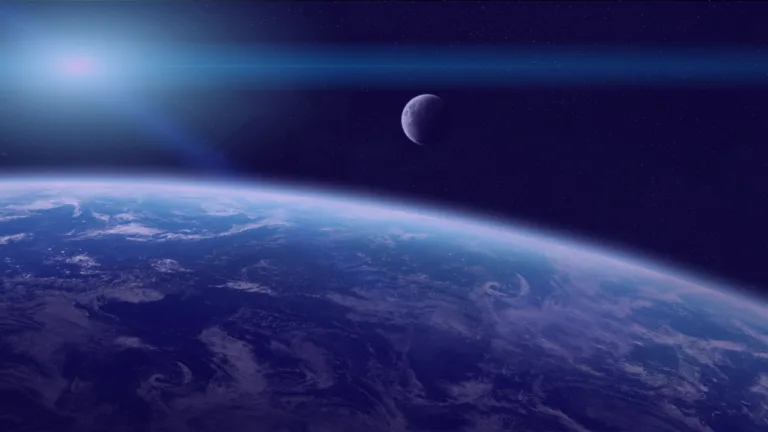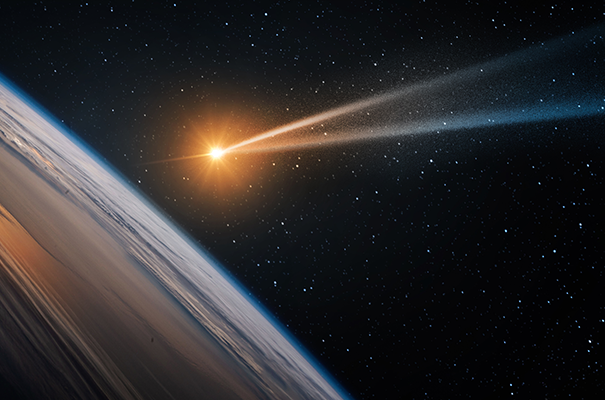Welcome to « In the Loop» your go-to source for the latest trends and insights in the space sector. Explore our most recent articles below and stay tuned for more updates.

Discover how the space economy is evolving in 2024, with key trends like Direct-to-Device connectivity, rising government investments, and industry consolidation. Learn about the challenges and opportunities shaping the future of this $596 billion market, projected to reach $944 billion by 2033.
Increasingly challenged by newcomer NGSO constellations, legacy GEO operators are adapting by investing in NGSO themselves or partnering with competitor constellations, positioning themselves as multi-orbit service providers and network integration service providers and promoting combined offerings said to bring together the best of both worlds for users.
Increasingly challenged by newcomer NGSO constellations, legacy GEO operators are adapting by investing in NGSO themselves or partnering with competitor constellations, positioning themselves as multi-orbit service providers and network integration service providers and promoting combined offerings said to bring together the best of both worlds for users.
In the increasingly congested space environment, with 28,000 satellites to be launched in the next decade, adding to over 6,000 already active ones and 130 million space debris (only 35,000 of which large enough to be tracked), growing sustainability concerns are causing regulators to implement stricter rules upon satellite operators to safeguard Earth’s orbits.
Under financial strain and strong competition from SpaceX Transporter, commercial small launchers are now racing to heavy next-generation launchers they hope will open on larger markets . Indeed, after $9 billion raised in private funding since 2017, commercial small launchers hold a combined backlog of only $400 million in launch contracts and besides Rocket Lab, the next most advanced companies have launched only once or twice.
